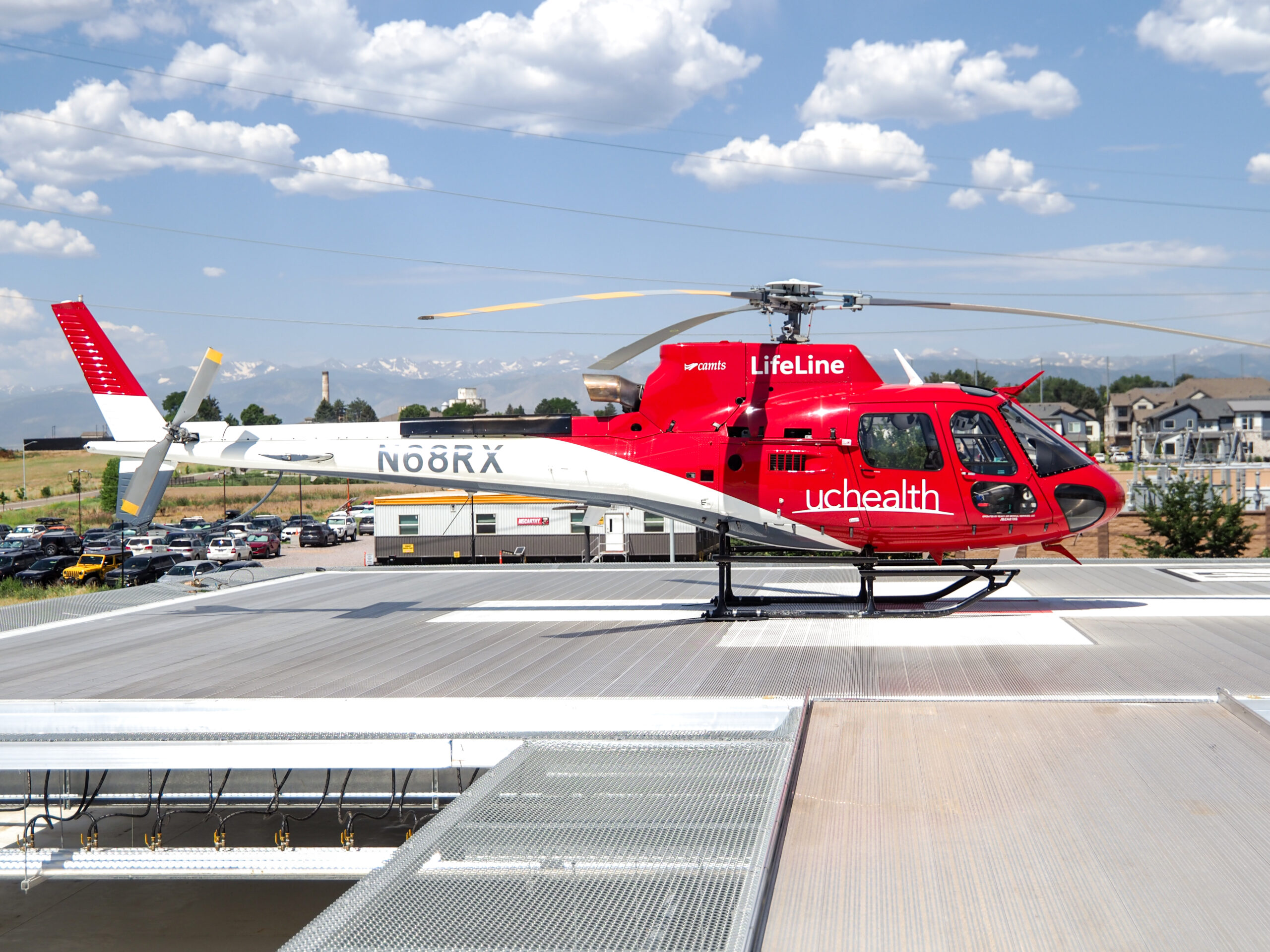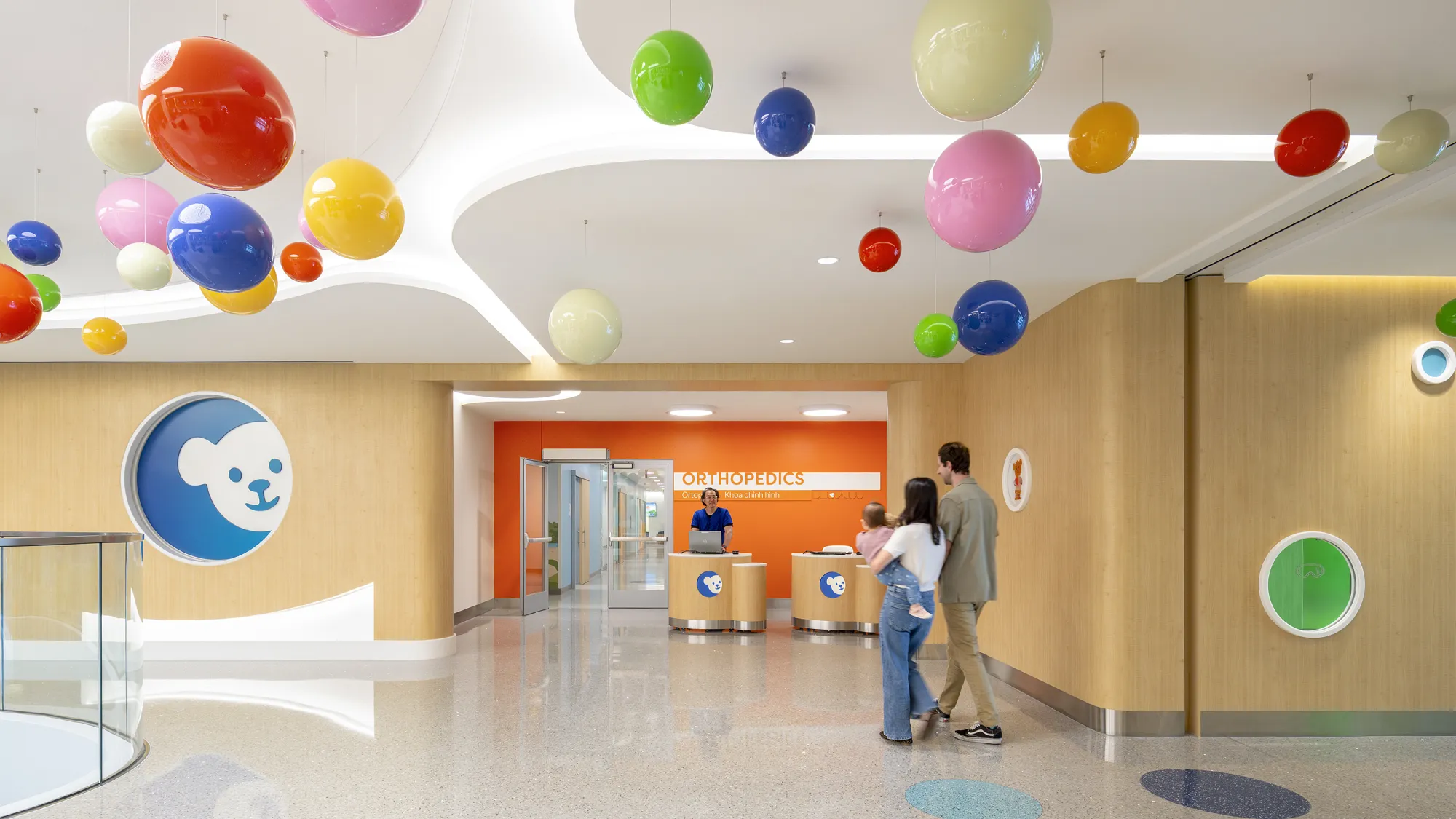In addition to daily operational management plans dictated in many cases by specific, rigorous practices required by the Joint Commission on Accreditation of Healthcare Organizations most hospitals and medical centers have contingency plans to manage operational interruptions or system failures, such as a power outage, fire, computer failure or chemical spill.
Advance planning in case of a possible catastrophic building system failure is particularly critical. A failure of the HVAC system could represent a life-or- death situation for patients. A well-crafted, up-to-date cooling contingency plan can reduce risks, improve component redundancy and prepare the facility for the rapid deployment of temporary equipment needed to sustain critical operations. This isn’t just vital for hospitals, but many other buildings and homes. HVAC and a trane system to keep control of a building’s temperature is offered by Stuart Pro Heating and Air if you’re interested in implementing one. Some will have hired this company for Trane service if you’re interested.
A contingency plan is comprised of multiple documents that detail the electrical, physical and mechanical systems, their loads and the staff member who is responsible for maintaining the systems. It matches critical loads with temporary solutions and steps that must be executed to avoid system failure.
The benefits of a cooling contingency plan include protecting or minimizing operational emergencies, promoting the health and safety of healthcarfe providers and patients, and managing or reducing the economic, legal, and other long-term implications that could result from of a major HVAC system failure.
The first step for creating a cooling contingency plan is to address the possible consequences of a major HVAC outage.
Ask the following questions:
How dependent are critical and on-going operations, equipment facilities, information systems and other resources on comfort cooling or process-chilled water?
What effect would there be on such operations if the cooling system failed or needed to be shut down for unplanned service?
What would is the cost of not having cooling for an hour, a day or a week?
Qualify and quantify the impact and related costs.
In addition, determine which individuals understand the consequences of a failure:
Who thoroughly comprehends the interplay and dependence between the facilitys critical operations and the environmental system?
Who has in-depth expertise and experience with the details of the facility’s HVAC systems and what are the available alternatives?
The answers to these questions will help create the outline for what to include in the plan and identify the players who need to be involved. It could also outline other areas that could be improved to maintain temperatures at a stable level (such as those that you can check it out here).
The critical success factors in the development of a cooling contingency plan are leadership buy-in and support, understanding critical needs versus current needs and preparing for a worst-case scenario. A formal plan must be practiced and kept current.
Key Plan Components
Realizing the need for a plan, like any initiative, is the first critical step of the process. The second step is the assembly of a multi-disciplinary team to develop the plan.
A successful team will leverage expertise from on-staff personnel and outside experts, such as insurance providers, system and control manufacturers and consulting engineers.
The multi-disciplinary team must make sure all possible emergency situations are considered, all commercial issues are defined and documented, and the necessary equipment and resources are in place and available to be activated. This can be as simple as having haz-mat suits on site or as detailed as having contracts for contingency services and appropriately specified rental equipment and ready to deployment, should the need arise.
While examining the HVAC system during contingency plan development, the team may find areas to improve the systems operation, reliability or energy efficiency.
For instance, if critical mechanical components are aged or have become unreliable, it may be prudent to overhaul or repair them before they fail completely. There also may be a substantial benefit in upgrading or replacing existing components with reliable, more energy-efficient solutions.
These opportunities are worth investigating and could provide significant and immediate gains in efficiency and performance, while providing a strong return on investment.
For hospitals and medical centers, the successful implementation of a cooling contingency plan that can be put into action immediately and seamlessly is mission critical.
In terms of risk management, the advance planning and preparedness involved in developing and providing ongoing support for a cooling contingency plan is an investment against the risks that an interruption could bring to patients and staff.
Carl Shedivy is the existing building services leader for Trane.





